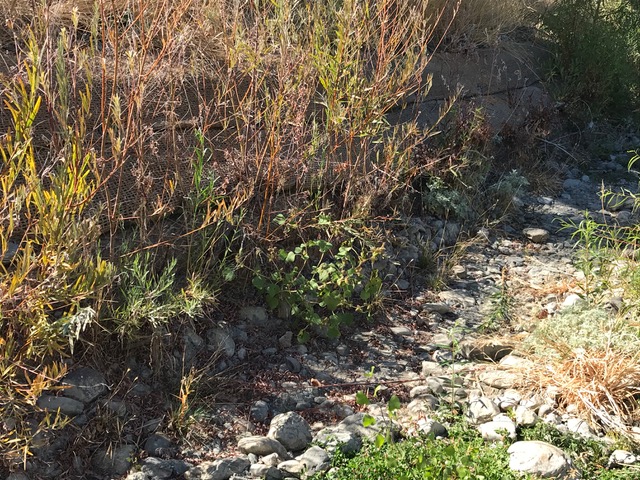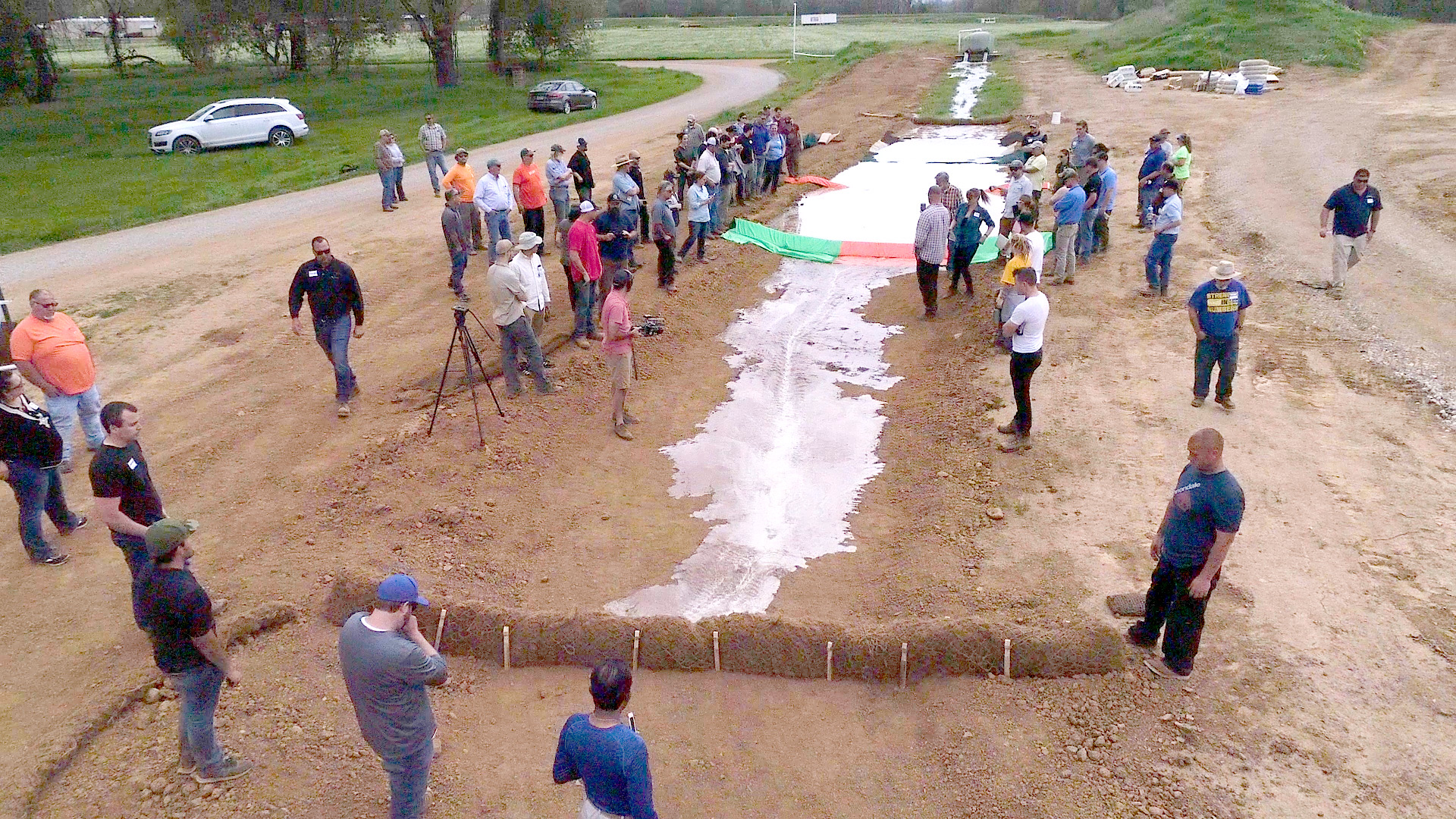Posted at 14:23h
in
Tip of the Week
Sadly the 2020 StormCon Conference in Seattle was cancelled because of the Covid19 pandemic. “Out of crisis comes opportunity” ………. subsequently dirttime.tv is producing two NEW Environmentally-Sensitive Stream “Restoration” Techniques Courses.
Of the 2 new Video Course developments, one (1.) will be entitled :
“Alternatives to Rip Rap – Environmentally-Sensitive Bank and Channel Protection Methods. This learning event, sponsored by Toronto and Region Conservation Authority, will be organized as a 3-hour Online Workshop. “We would like to surpass the 1000 attendees threshold for this important presentation”, Glenn MacMillan. The workshop is scheduled for September 9, 2020. Contact https://trca.ca for more information as it becomes available. More info now available here.

Concurrently Course number two (2) we will be developed as an expanded dirttime.tv Video Course worth 0.5 CEUs – “Alternatives to Rip Rap – How to Design and Build Stream Protection Methods and Practices that are Environmentally-Sensitive”.
“ This video clip was taken during the second phase of a Stream Bank Protection (and golf course) Project completed in November 2017. This project, and many more that have been designed and built since 2005, have featured and are examples of techniques exclusively taken from the NCHRP Report 544- Environmentally-Sensitive Channel and Bank Protection Measures, McCullah, J., Gray, D., et.al., 2005, Transportation Research Board, Washington D.C. (aka- Alternatives to Rip Rap or E-SenSS). This project, for instance, featured redirection components (Bendway Weirs) and a Longitudinal Fill Stone Toe (to Bank Full elevation), Live Willow Siltation, and Vegetated Mechanically Stabilized Earth. The Bendway Weirs move the thalweg, the focus of highest velocity and energy, away from the outer bank, and, in this case, we constructed an “active” flood terrace along the outer bank. These thalweg and morphological changes eliminate the need for riprap to line the entire 500-ft length to the top of the bank.
Upon being asked when taking rip rap (rock slope protection) to the top of the bank is recommended, David Derrick, Potomologist replied ” If you are standing on the roadway shoulder and upon looking under the guardrail you see the river, then employ armoring to the top of the bank.”
The 3-year research and ‘Report (on CD)’, was peer-reviewed and approved for publication by a panel of Highway Engineers delineated over 50 techniques that could represent alternatives to just rip rap. Do you have projects where the environmental concerns and habitat sensitivities preempt the use of excessive rock? The main criteria for being listed as environmentally sensitive is the technique has to exhibit, scientifically determined, environmental and aquatic habitat enhancements. For instance, biologic assays of the fringe and substrate near Bendway Weirs and Rock Vanes (Spurs) revealed a substantial increase in an aquatic habitat, while rock deflectors and Groins (Groynes) exhibited no such improvements!
Are you interested in hearing more about E-SenSS? Water Quality: Are you interested in how projects have been built in live, environmentally sensitive habitats while meeting Water Quality Standards of 1-2 NTU increase? The “Report” includes not only the 50-some BMPs but also Design Criteria, Construction Standards, and Typical Detailed Drawings provided in AutoCAD or Microstation. “The proof is in the pudding”. Over 2-dozen stream projects built over 15-years provide case studies and proof of the efficacy that environmentally-sensitive, sustainable, bioengineered, Biotechnical methods can provide.
See our offering of E-SenSS at our Store
https://dirttime.tv/product/esenss/

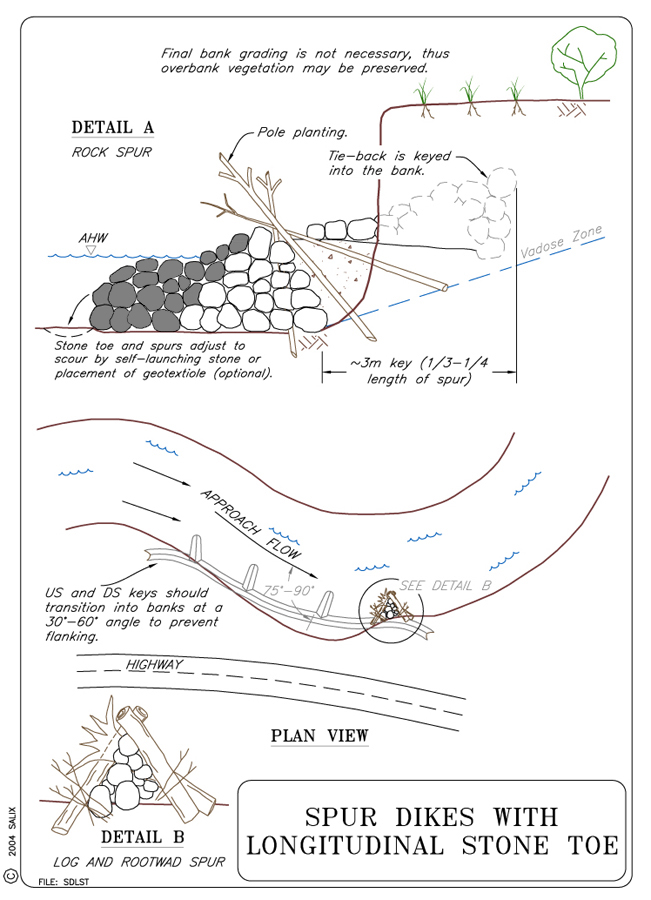
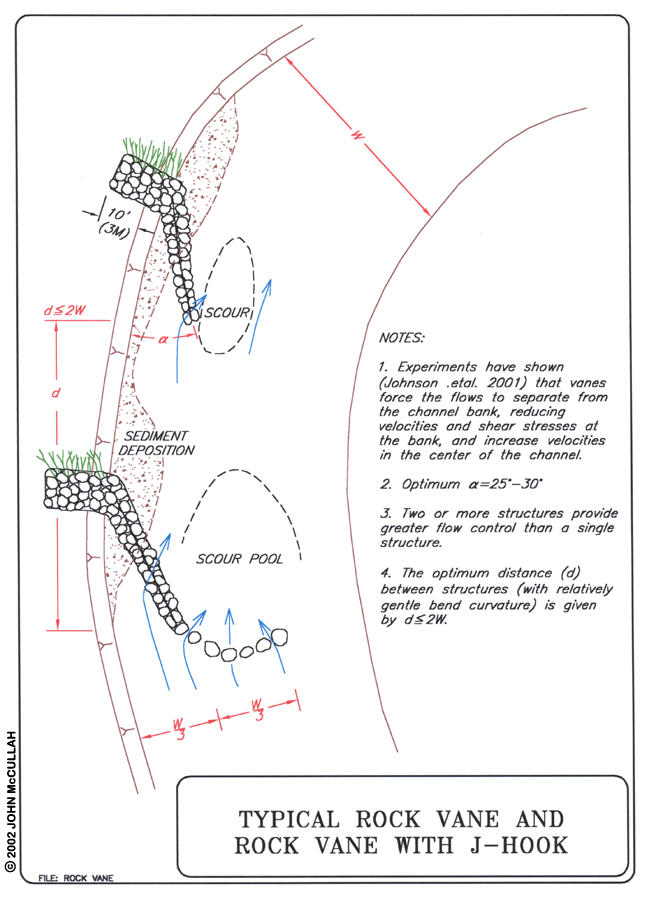

Nov 2017 During Construction of Flood Terrace and Bendway Weirs: The NEW thalweg will be now at the tips of the Bendway Weirs.
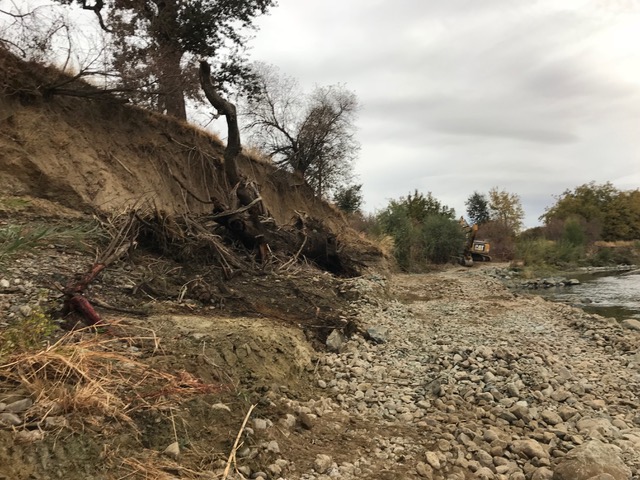
AFTER VMSE INSTALLED
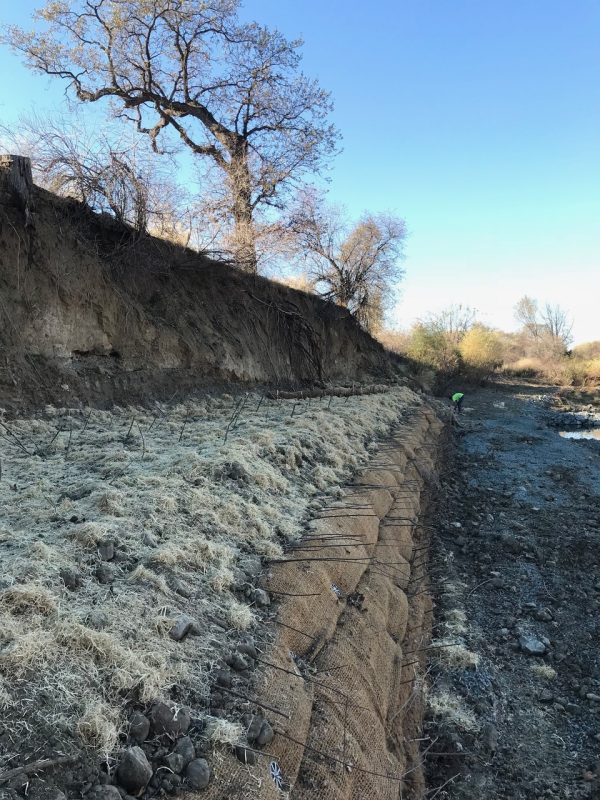
During Construction
4 Bendway Weirs spaced over 500 ft used to “move thalweg stream ward” Weir crest designed about 1-ft lower than OAHW with “active Flood terrace” designed at Bankfull Discharge Elevation. Upper bank section protected with VMSE. The proximity of Golf Course prevented rebuilding bank completely from above
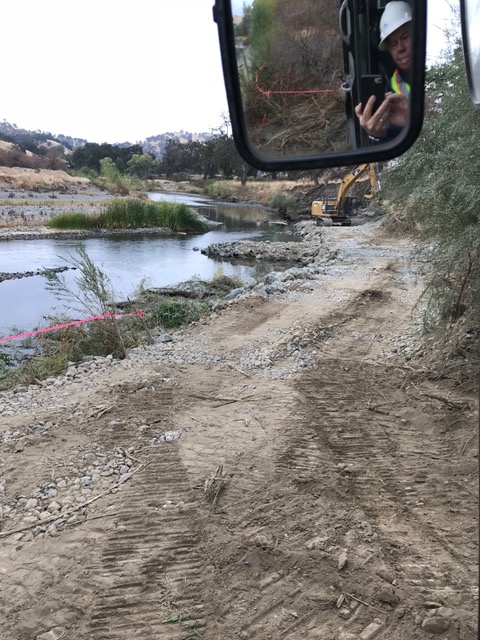
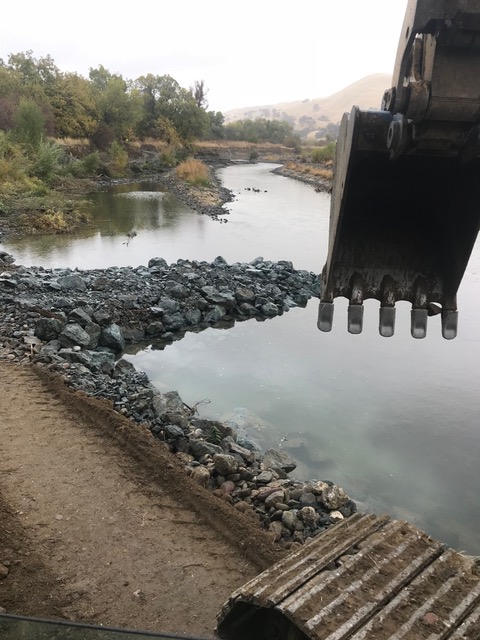
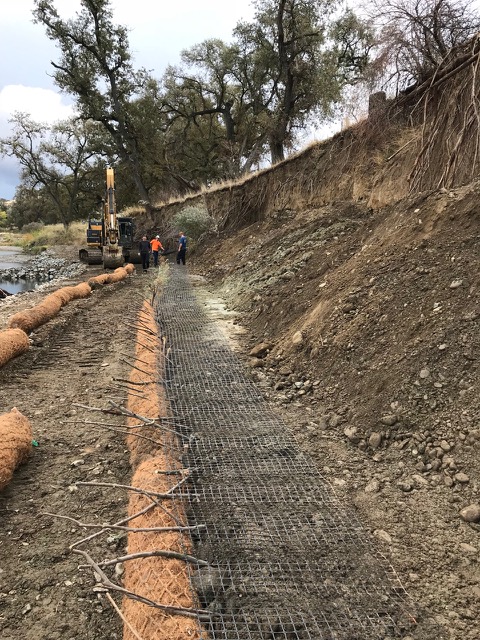
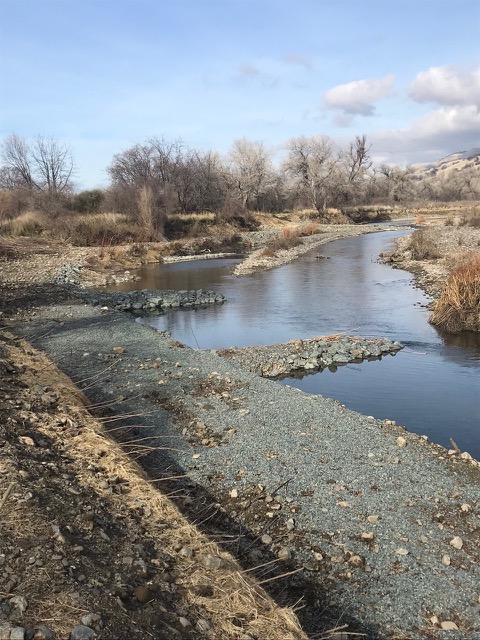
After two winters – 2-2019 After several large flow events with floodwaters measured 6-8-ft above the Flood Terrace. After two seasons the structures VMSE are difficult to see through the extensive vegetation.

